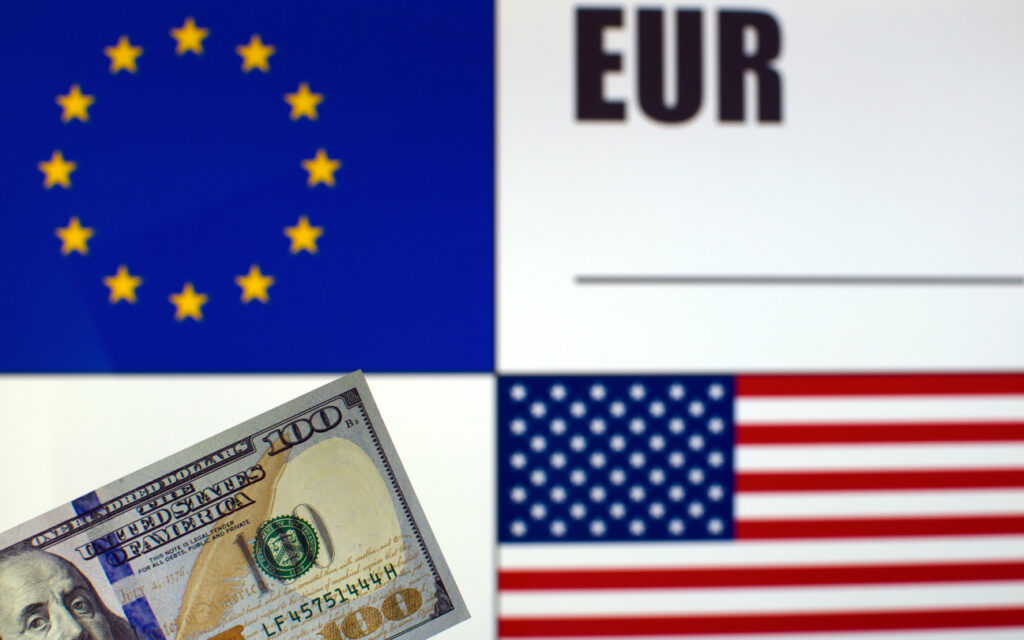It’s pretty clear to most merchants that the pandemic has caused disruptions not only in the health care system, but in the economy as well. More specifically, this new normal has created a breeding ground for increased instances of friendly fraud, which have been undoubtedly hurting the chargeback ratios of many merchants. Chargebacks are expensive, and terminated merchant accounts are even more so. This was best demonstrated by a Javelin study reported by Verifi, which showed that chargebacks and fraudulent transactions can eat from 13 to 20 percent of a company’s budget! This is why the details truly matter, and are not just good to have…
The increased adoption of ecommerce has been a clear trend in recent years, and it has been beneficial, but we need to remember that chargebacks do play a role in this industry shift. This is due to the sheer number of transactions, and the increased chances of a dissatisfied customer or an error on the side of the merchant.
This is why it is imperative to have a plan, because not having a chargeback strategy can result in financial losses as well as increased risk of your merchant account being terminated. And, as we’ll discuss in this article, it’s even worse if it’s not driven by analytics or intelligence…
The pitfalls of not using data to inform your chargeback strategy
Like in most things in life, the more uninformed you are about a topic, the more likely you’ll be to suffer from pitfalls and make rookie moves. So with this in mind, one of the worst things to do is base your chargeback strategy on speculation and feelings about what the root causes of the problem is. This is because fundamentally, you’ll be guessing on what caused the chargeback, and this may lead to implementing the wrong solution. Not to mention, guessing can also hurt your case at the bank when disputing a chargeback.
A JPMorgan study reported by Verifi clearly showed this, when they found that only 22% of merchants won the disputes that they represented. Most merchants know that during the chargeback representment process, you want to be as specific and concise as possible to get the bank on your side, so how can merchants eliminate guesswork?
Eliminate guesswork and missteps with data analysis
When you do inconsistent data collection, or worse, you don’t collect at all, you’re going to miss patterns. And this is especially damaging when you have usual suspects such as customers from a specific country, or customers that have certain attributes that could clearly be recognized with proper analytics.
Why using intelligence is crucial, especially today…
The rise of ecommerce and an increase in friendly fraud due to the pandemic has resulted in a swift increase in chargebacks. When using analytics, you’ll remove guesswork and know the who, what, where, when and why of the chargeback. If you know the specific details about your chargebacks, ie: the chargeback reason code, affiliate ID, affiliate sub ID, customer location, and customer BIN, you’ll be in a better position to spot patterns, and potentially predict future chargebacks and risky situations.
For example, if you notice a recurring pattern of chargebacks during specific seasons of the year, you can plan your strategy in advance, and not last minute.
The icing on the cake
By performing this kind of deep dive analysis into our chargebacks, we can uncover hidden opportunities to save money in other ways. Many e-commerce merchants use affiliates and affiliate networks to drive traffic to their offers. If we just look at metrics like EPC, rebill rate and refund rate, we miss something. Specifically, chargebacks by affiliate. By examining chargeback ratios by affiliate, and cross referencing the data with our other metrics (i.e. gross sales, rebill rate, refund rate), we can find affiliates that are increasing cost and risk by sending low quality, chargeback ridden traffic. Its time to kick those underperformers to the curb.
Bottom line, analytics can also give you a better sense of who your most profitable customers are, and this will allow you to tailor a marketing strategy that has a lower risk of losing money in the long run…
Important analytics for the best chargeback strategy
So now that we understand the importance of analytics and its benefits, which ones are the most important to create the best chargeback strategy? It may vary depending on specific business operations, but here are a few examples and brief explanations of ones that are typically the most important:
This stands for the Merchant account ID, and you need to know what the account was that was used to process the transaction.
Affiliate ID is a unique ID passed by your affiliate or affiliate network. If you use affiliates for your product, you’ll want to know which affiliate it was, and if there’s a pattern. Your network may also pass the affiliate subID, which shows which unique affiliate sent the customer to your offer.
- Product details (Product ID, transaction size, transaction type)
By analyzing information about the products being charged back, we can see products, price points and even billing models that may be contributing to chargebacks. Knowing the product name and SKU number isn’t just a good piece of data to have, it can also help you spot trends within your inventory. Is the same product or similar products causing chargebacks? If so, check the product quality and marketing surrounding it.
Visa and Mastercard have their own reason codes, so you need to know them in order to fight the chargeback effectively and have accurate evidence. Additionally, looking at reason codes for all your chargebacks, you may find other factors that are contributing to chargebacks. Are chargebacks high for a particular code, like ‘cancelled recurring transaction’? Perhaps your customer support team needs to be more liberal with cancelling customer subscriptions. Are chargebacks trending higher for ‘merchandise not received’? Maybe your fulfillment house is not shipping packages out in a timely manner.
Are you getting chargebacks from the same country or a specific area often? Well, the only way you would know this is through detailed analytics! And if you do notice a pattern, maybe it’s time to stop doing business there, or at least adjust your billing strategy in regards to doing business there.
The BIN, which stands for the Bank Identification Number, is the beginning four to six digits on a customer’s debit, credit or charge card. These numbers are important, because they identify which financial institution is issuing the card, and can help you work with the bank to match transactions to the cardholder and also prevent fraud.
If you sell a subscription, knowing at what point during the billing cycle the chargeback happened is important. This is because it can help you predict whether similar customers in the future may do the same thing, and hurt profitability.
Knowing when the transaction was processed, and when the chargeback was filed, are both key pieces of information that you will need to know, and present when doing chargeback representment. Viewing analytics and changes in company policy, products, marketing strategy and other factors can help you pinpoint the practices causing chargebacks for your company.
Summary
In short, the world has gotten more complicated, and this couldn’t be more true in the payments space. Today, analytics and intelligence is more crucial than ever, because complexity requires visibility in order to accurately understand what’s truly going on. The growth of online payments has had its perks, it has come with increased instances of fraud and payment disputes.
Back then, merchants didn’t have payments online with all its complexities, so they could afford to be “blind” when it came to specific data points. You’d probably get more of a pass back then, because at that time barely anyone was even collecting this data.
But this clearly isn’t the case today…
Sure refunds are a normal part of any business, but getting a chargeback is a dreaded situation that no merchant wants, and must try to avoid. This is due to increases to their chargeback ratio, the time wasted doing the dispute, the business costs, and on top of that the chance of losing the dispute and paying a fine to the card issuer! In short, you need to automate the process as much as possible to avoid human error, and use intelligence to guide your chargeback strategy!
Confused on where to start? We’ve got you covered.
Click here to learn more about how HeliosPayments can help make your chargeback strategy more intelligence driven…





